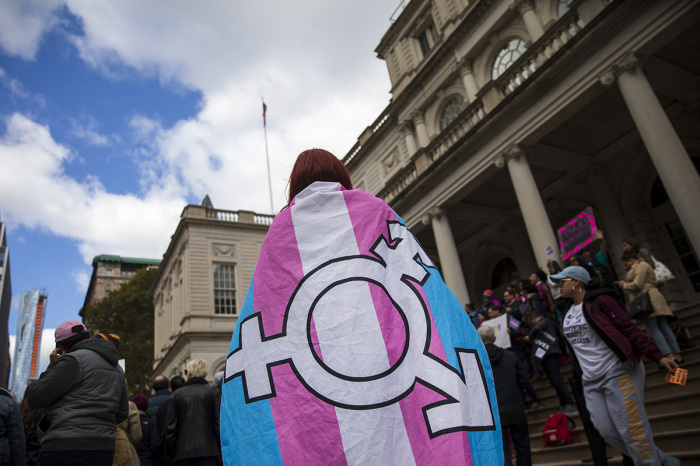Smithsonian will honor biological males in Women's History Museum to be 'inclusive': report

The interim director for the Smithsonian's planned American Women's History Museum revealed that the museum will also feature biological men who identify as women.
Interim Director Lisa Sasaki recently told The New York Times that the museum, which pays homage to female historical figures, including suffragists and civil rights leaders, will honor women's contributions to science, politics and popular culture.
Specifically, Sasaki said the museum would highlight the accomplishments of women like suffragist and civil rights activist Mary Burnett Talbert, actress Anna May Wong and Vice President Kamala Harris' mother and breast cancer researcher, Shyamala Gopalan.
Another aspect of the museum would allow visitors to submit their personal stories through the institution's oral history program.
Sasaki argued that there is no "monolithic experience of womanhood," saying she plans to include men who identify as women. The interim director believes that it's essential for the museum to feature trans-identified people, citing a "deep partisan divide" about accepting those who claim transgender identities.
"We have a job to build a museum that's going to serve the public for a very, very long time," Sasaki was quoted as saying. "From the DNA of this museum, there has been a desire to be inclusive."
The exhibit comes amid ongoing debates about including biological men in female-designated spaces, including women's sports and restrooms. Regarding athletics, 18 states have enacted policies banning trans-identified biological males from competing in female sports.
The bans highlight arguments about competitive fairness and whether allowing biological men into female spaces celebrate males in areas intended to commemorate women's achievements.
Sasaki provided incoming staff and her advisory council with the book she's been reading, A Fool's Errand, to help prepare them for potential criticisms they may encounter.
The book, written by the Smithsonian Secretary Lonnie G. Bunch III, describes the challenges of building the National Museum of African American History and Culture, both personal and architectural.
The American Women's History Museum has 14 employees putting together a wishlist for the museum's collection under an annual operating budget of nearly $2 million, according to The Times. While some of the items included in the collection will come from donors, the museum can also pull from 157 million objects in the Smithsonian's possession.
Sasaki launched other Smithsonian exhibits, including the 2019 digital exhibit, "A Day in the Queer Life of Asian Pacific America." The exhibition examined queer life in Asian American and Pacific Islander communities through short films, photography and long-form essays.
"As an extension of our 2014 digital exhibition 'A Day in the Life of Asian Pacific America,' this project examines everyday life all across Asian Pacific America in order to illuminate the vast and complex nature of the Asian Pacific American identity," Sasaki said in a 2019 statement.
"Most importantly, it brings much-needed visibility to the Asian American and Pacific Islander LGBTQ community by sharing the stories of elders, youth and — through calls for crowd-sourced material — any community member."
While the American Women's History Museum doesn't yet have a designated location, the Smithsonian Institution announced Monday that it has received more than $55 million in gifts to boost the project's development. The museum also doesn't have final Congressional approval.
The list of donors includes the Bill & Melinda Gates Foundation, Pivotal Ventures, Alice L. Walton Foundation, Acton Family Giving, Target Corporation, Bank of America and Tory Burch.
Melinda French Gates, the co-chair of the Bill & Melinda Gates Foundation and founder of Pivotal Ventures, argued that stories detailing the country's history often overlook women's contributions.
"By paying tribute to the women who shaped our past, the Smithsonian American Women's History Museum empowers and inspires the ones who will shape our future," Gates said.
Samantha Kamman is a reporter for The Christian Post. She can be reached at: samantha.kamman@christianpost.com. Follower her on Twitter: @Samantha_Kamman




























